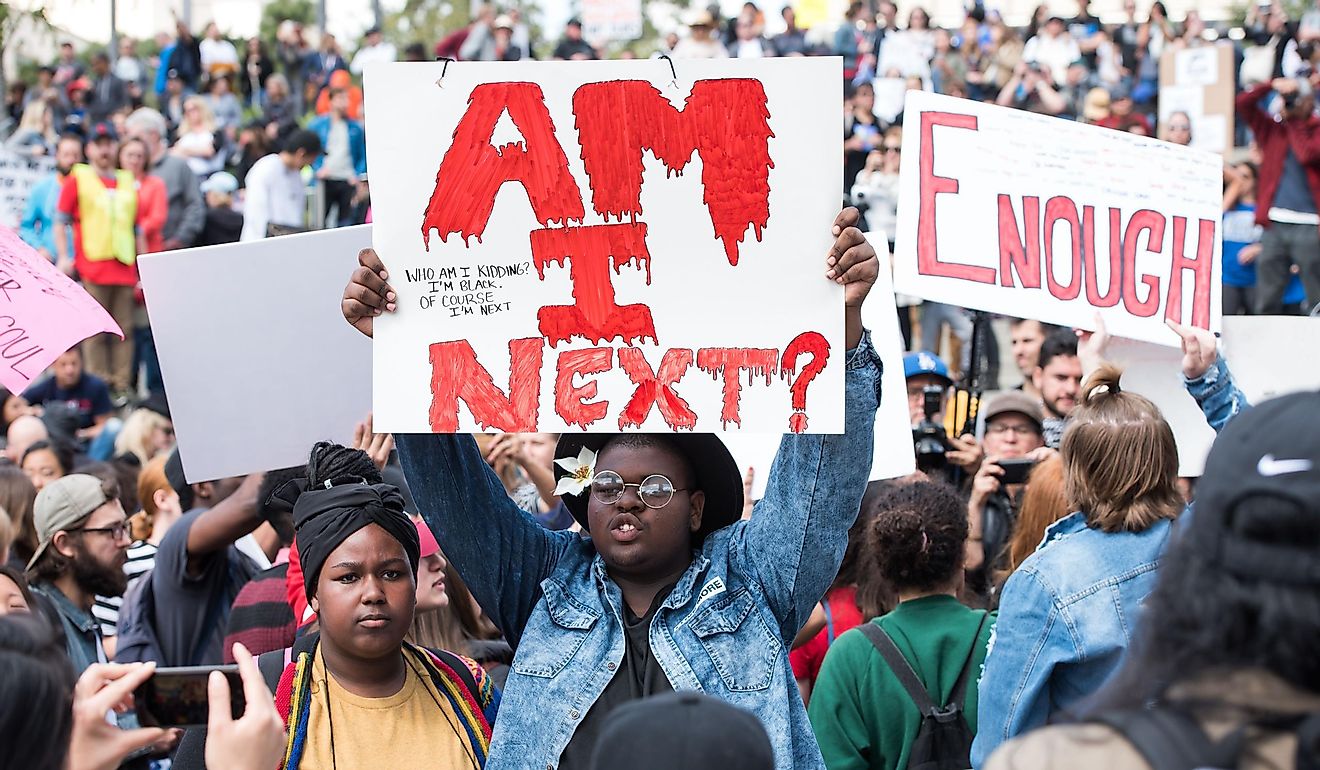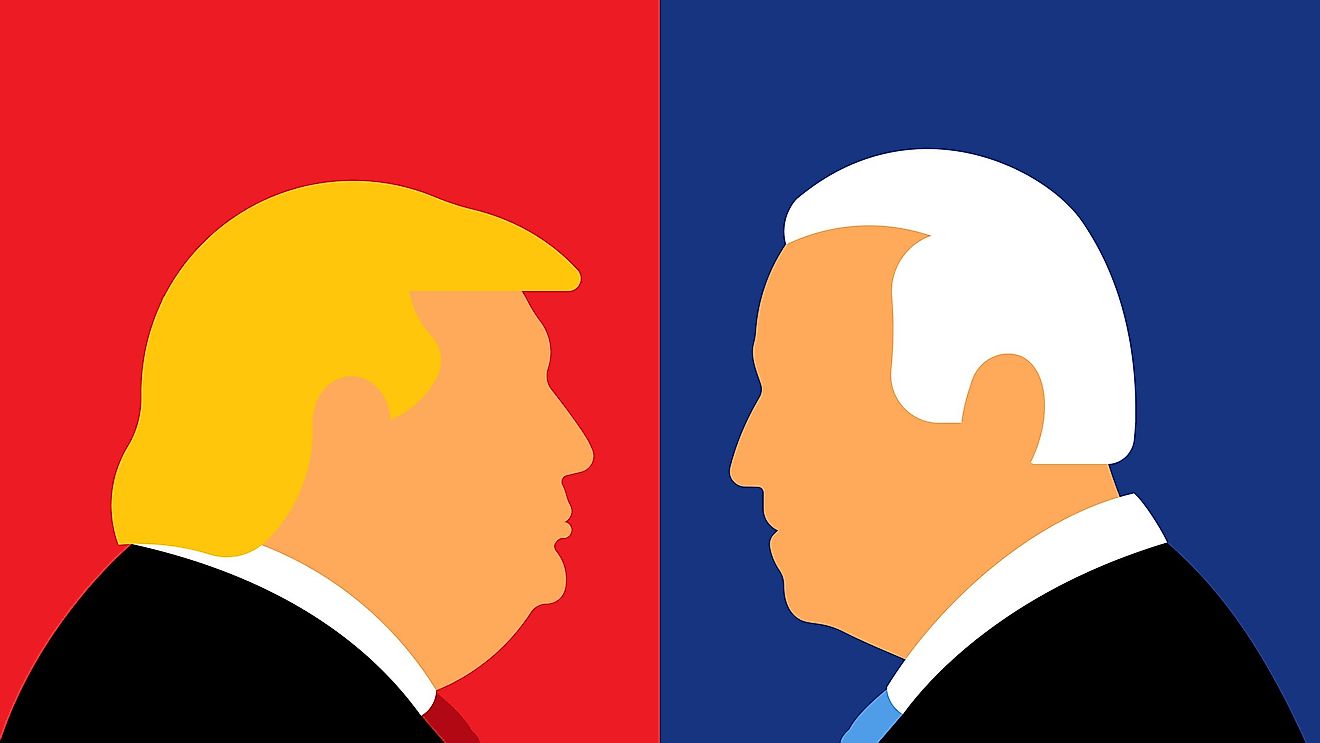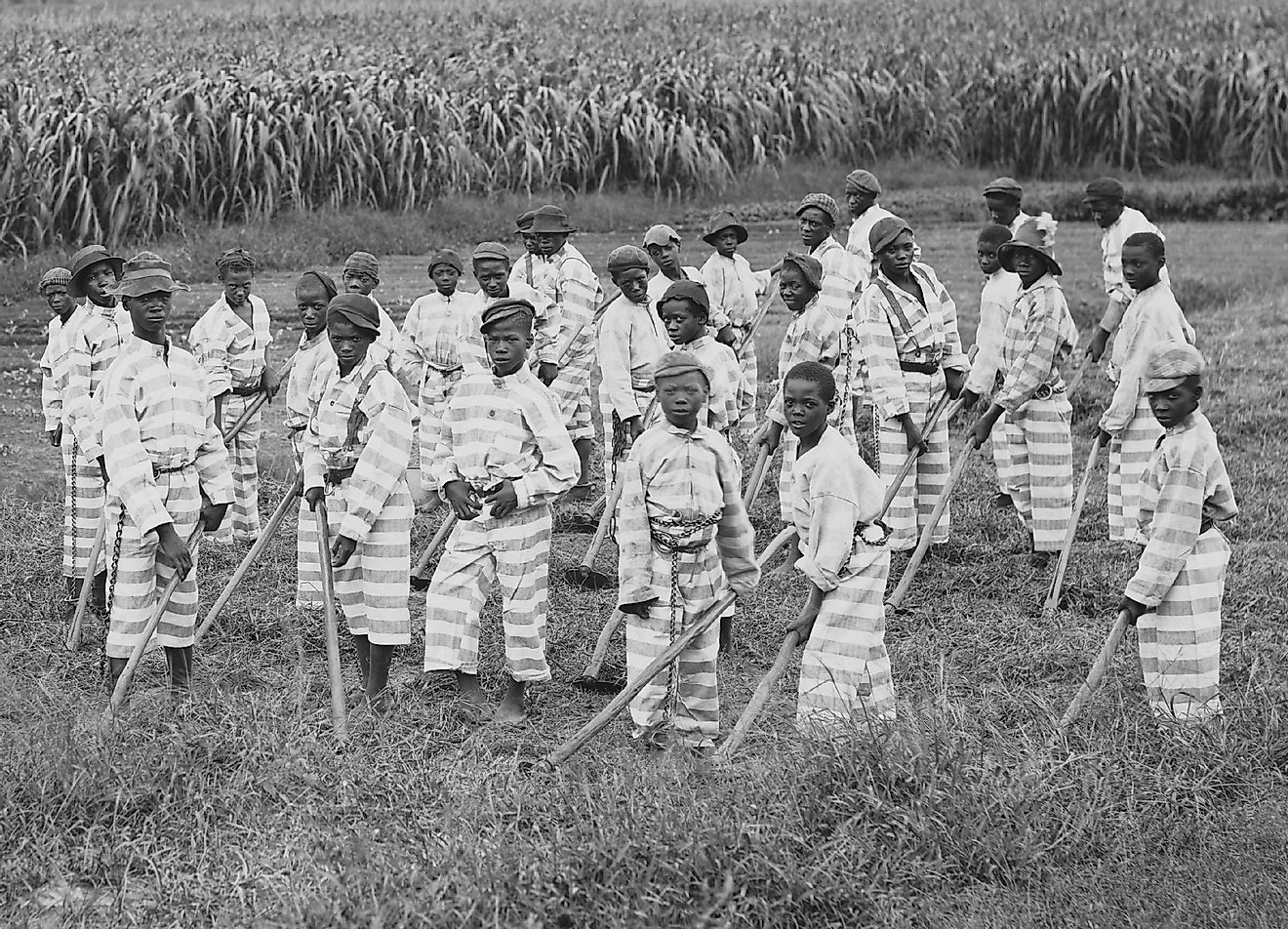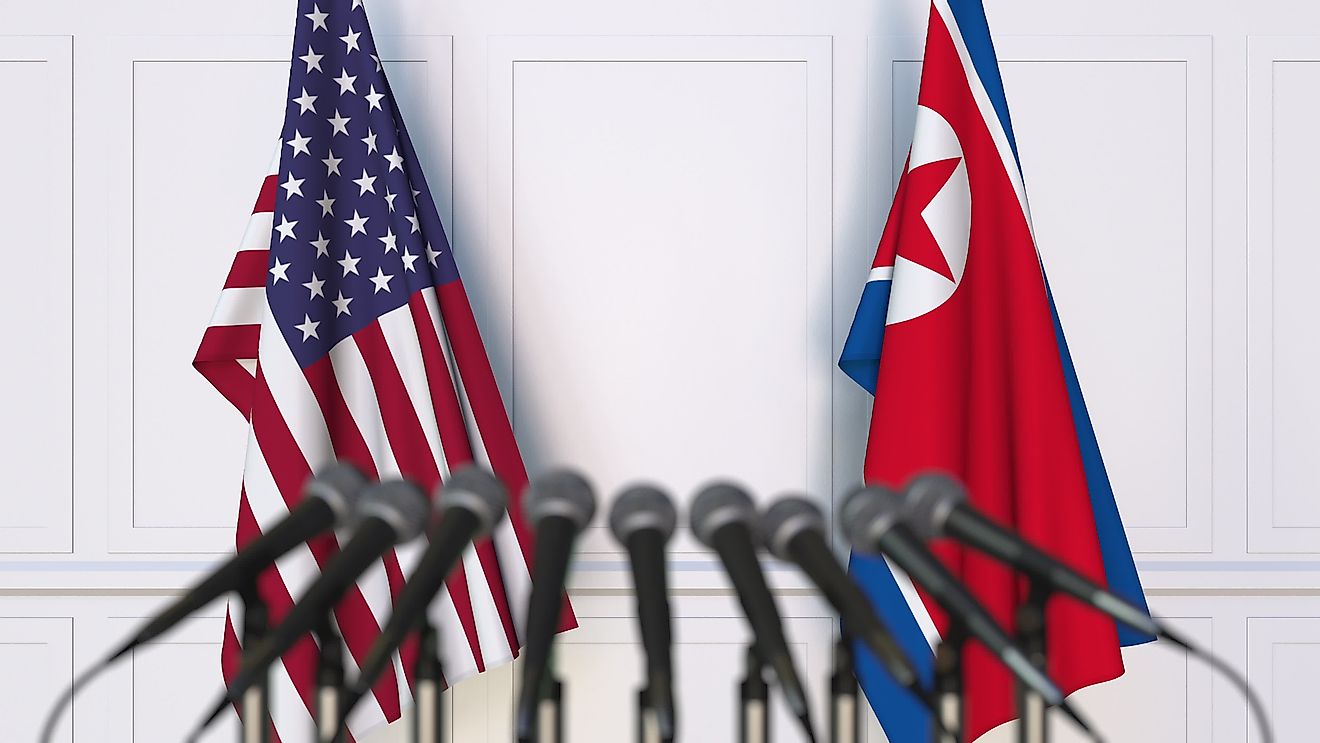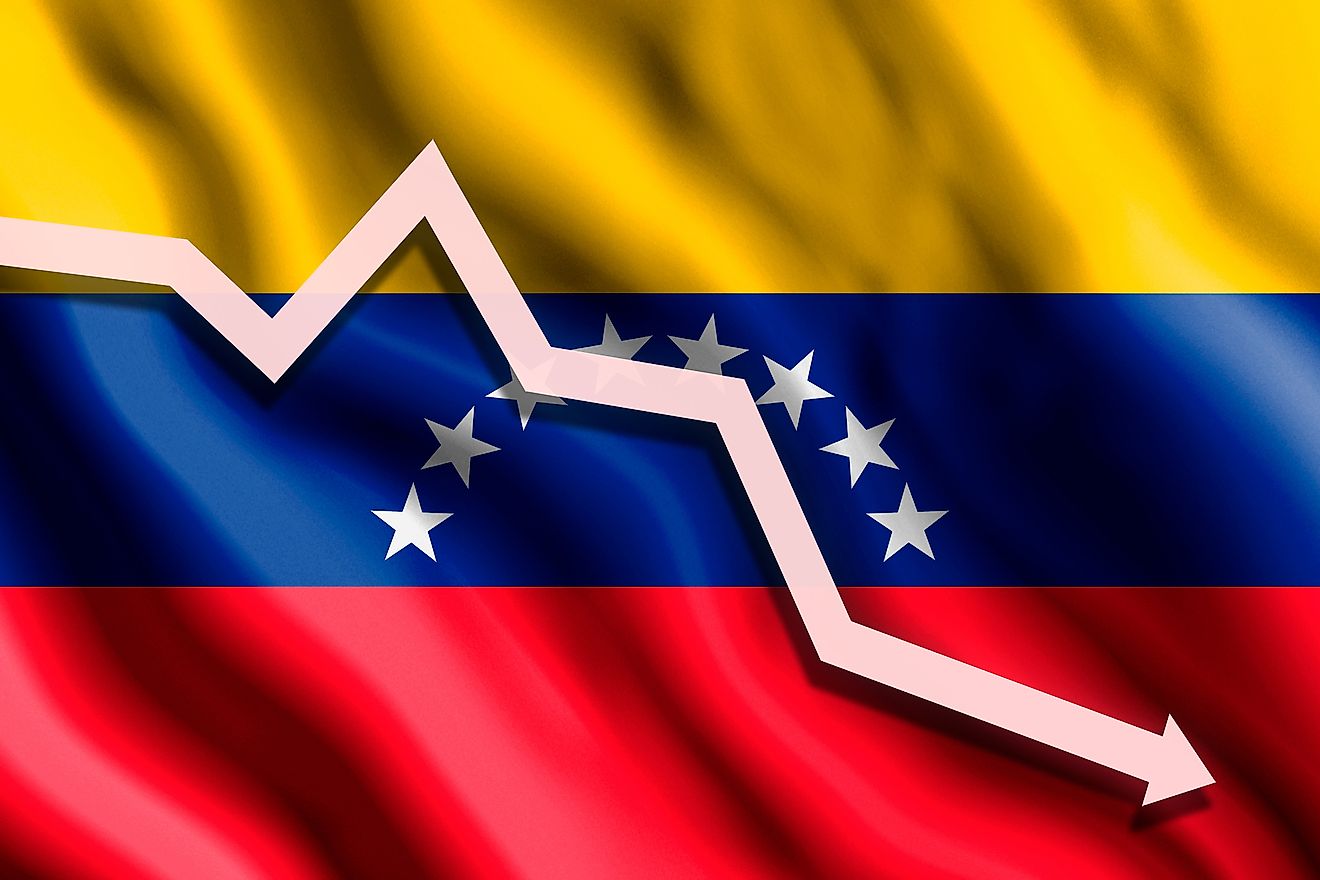
Have Any US Presidents Served More Than Two Terms?
In 1951, Congress ratified the 22nd Amendment, which prohibits United States presidents from serving more than two terms of four years each. Although there were many attempts to serve a third term preceding this amendment, only one president successfully served more than two terms: Franklin D. Roosevelt, who was elected in 1932, 1936, 1940, and 1944. Roosevelt's fourth term was cut short when he succumbed to illness. Following his presidency, Congress decided to ratify the 22nd Amendment to prevent future presidents from serving over two terms.
Over the course of 60 four-year terms, 45 individuals have held the American presidency a total of 47 times. Donald Trump, who initially served as the 45th president from 2017 to 2021, is now the 47th and current president. Per the 22nd Amendment, President Trump began his second term on January 20, 2025.
Presidents Ranked by Length of Service
| Rank | President | Length of service (in days) | Presidential Service Periods | Number of Terms |
|---|---|---|---|---|
| 1 | Franklin D. Roosevelt (32nd) | 4,422 | March 4, 1933 - April 12, 1945 |
3 full terms; died 2 months and 23 days into 4th term |
| 2 | Thomas Jefferson (3rd) | 2,922 | March 4, 1801 - March 4, 1809 | 2 full terms |
| 2 | James Madison (4th) | 2,922 | March 4, 1809 - March 4, 1817 | 2 full terms |
| 2 | James Monroe (5th) | 2,922 | March 4, 1817 - March 4, 1825 | 2 full terms |
| 2 | Andrew Jackson (7th) | 2,922 | March 4, 1829 - March 4, 1837 | 2 full terms |
| 2 | Ulysses S. Grant (18th) | 2,922 | March 4, 1869 - March 4, 1877 | 2 full terms |
| 2 | Grover Cleveland (22nd - 24th) | 2,922 |
March 4, 1885 - March 4, 1889 March 4, 1893 - March 4, 1897 |
2 full terms (non-consecutive) |
| 2 | Woodrow Wilson (28th) | 2,922 | March 4, 1913 - March 4, 1921 | 2 full terms |
| 2 | Dwight D. Eisenhower (34th) | 2,922 | January 20, 1953 - January 20, 1961 | 2 full terms |
| 2 | Ronald Reagan (40th) | 2,922 | January 20, 1981 - January 20, 1989 | 2 full terms |
| 2 | Bill Clinton (42nd) | 2,922 | January 20, 1993 - January 20, 2001 | 2 full terms |
| 2 | George W. Bush (43rd) | 2,922 | January 20, 2001 - January 20, 2009 | 2 full terms |
| 2 | Barack Obama (44th) | 2,922 | January 20, 2009 - January 20, 2017 | 2 full terms |
| 14 | George Washington (1st) | 2,865 | April 30, 1789 - March 4, 1797 | 2 full terms |
George Washington’s Refusal of a Third Term
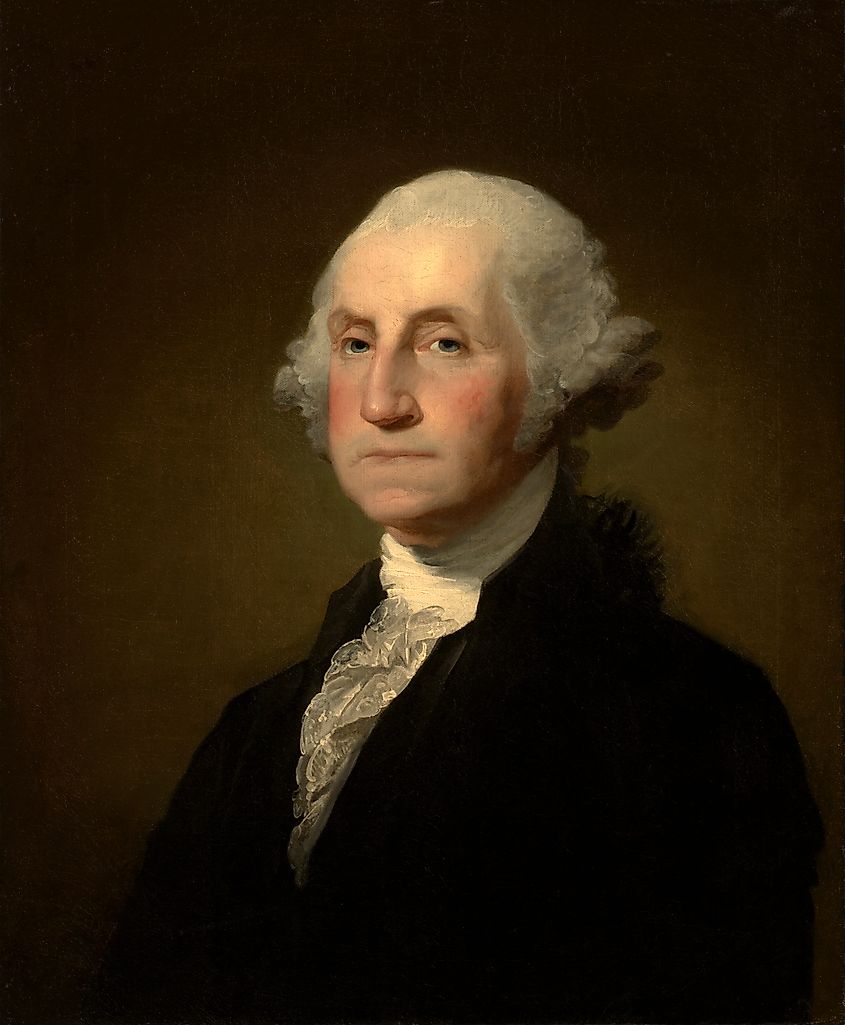
In his 1796 Farewell Address, George Washington announced that he would not seek a third term, choosing instead to retire to his farm in Mount Vernon. He had initially intended to serve only one term but agreed to a second due to the critical state of foreign affairs and his unanimous re-election by the Electoral College. However, Washington always believed he should step down once the country was stable, and by the end of his second term, he felt that moment had arrived. Although the US Constitution did not limit presidents to two terms until 1951, many of Washington’s successors followed in his footsteps by stepping down after their second term. Between 1796 and 1940, there were only four US presidents who attempted, to some extent, to run for a third term but were all unsuccessful: Ulysses S. Grant, Grover Cleveland, Woodrow Wilson, and Theodore Roosevelt. In 1940, Franklin D. Roosevelt broke this unwritten precedent.
Franklin D. Roosevelt’s Third and Fourth Terms
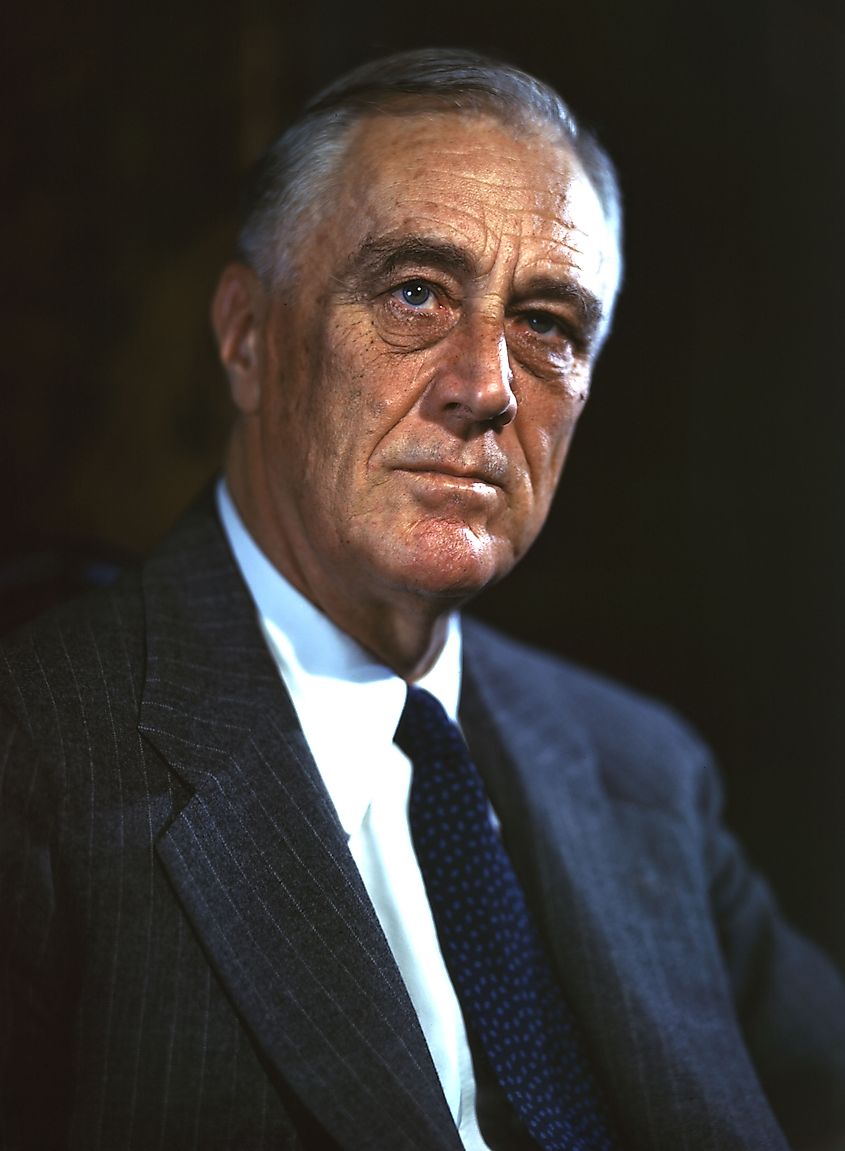
Franklin D. Roosevelt was elected for his first and second terms in 1932 and 1936. By 1940, World War II had broken out, the country’s economic situation was critical, and the United States’ involvement in the war was looming. Roosevelt had won his second term by a large margin, earning over two-thirds of the popular vote, also contributing to the viability of a third term. As a result, Roosevelt decided to break Washington’s precedent and run for a third term. He ultimately won the popular vote in 1940 with 54.7% of the votes, and the electoral college vote with 84.6%, beating the republican candidate Wendell L. Willkie.
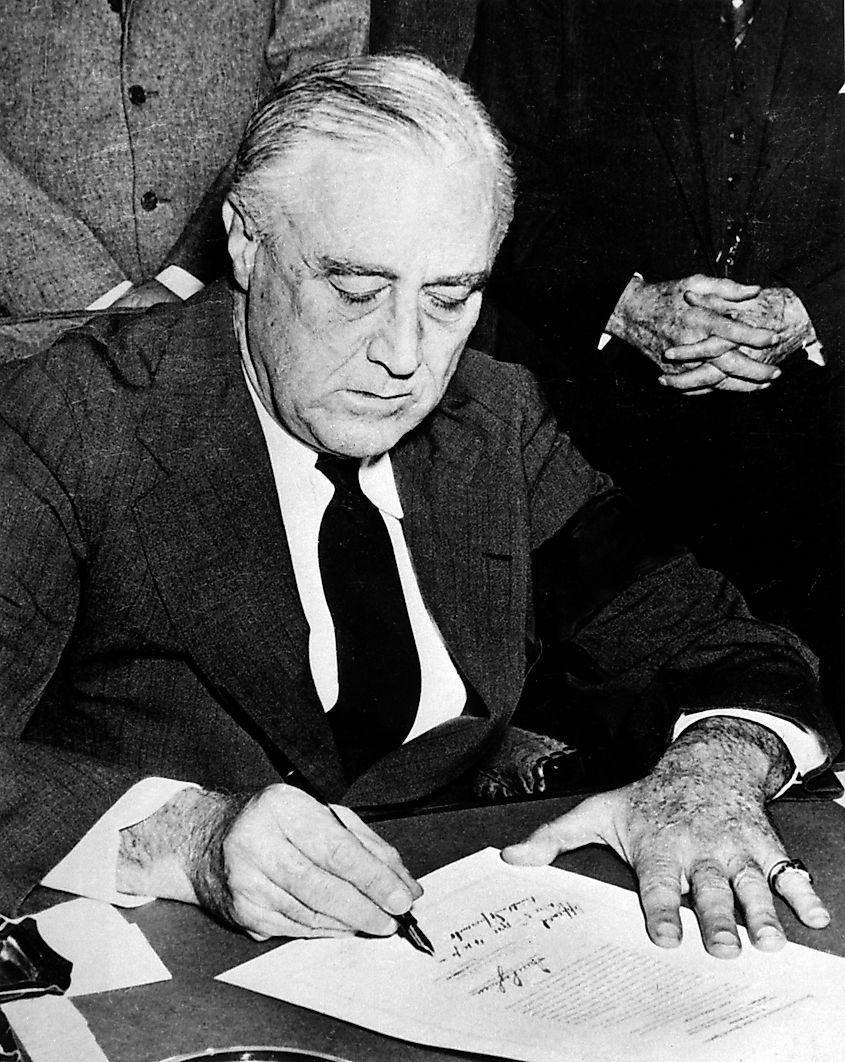
By his fourth re-election in 1944, Franklin D. Roosevelt had navigated the United States through The Great Depression, but World War II was still ongoing. With Germany and Japan yet to be defeated, he felt responsible for seeing the war through and helping restore peace. However, Roosevelt’s health was rapidly deteriorating. By 1943, he had developed a severe cough, experienced constant fatigue, and was losing weight. His doctor diagnosed him with hypertension, reduced lung capacity, acute bronchitis, and acute congestive heart failure. By 1944, he was prescribed increased rest and was limited to working only four hours a day. Despite his doctors’ belief that he would not survive another term, Roosevelt announced in July that he would run for re-election, which would be his fourth term. The following April, he died of a cerebral hemorrhage, sparking controversy over whether he had misled the American public and whether his declining health had influenced his wartime decisions.
Introduction of the 22nd Amendment
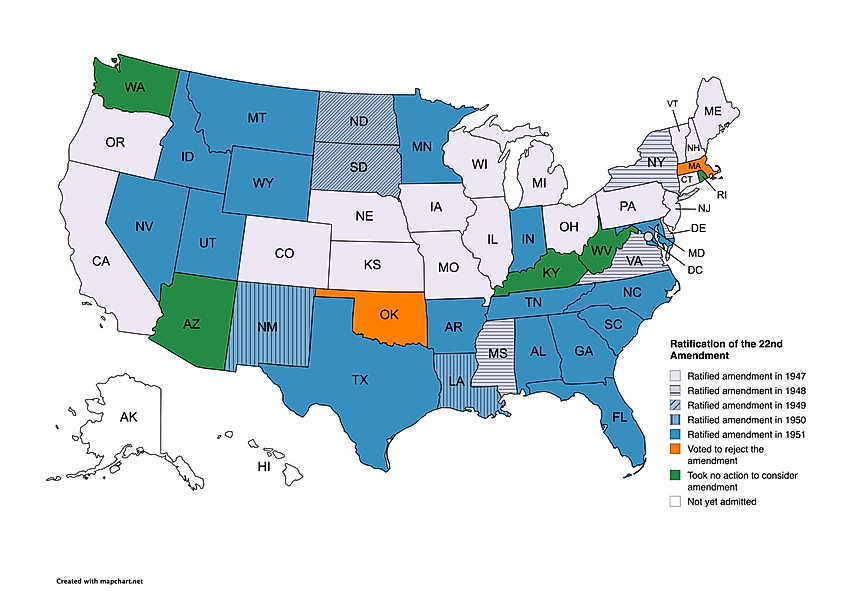
Throughout American history, Congress has fiercely debated presidential term limits. Historian Herman V. Ames reported in 1897 that between 1788 and 1896, Congress had proposed 125 versions of term limit amendments. By 1947, this number had crept up to over 200 amendment proposals. Following the Roosevelt era, however, the congressional conversation around presidential term limits was different. Both the Republican Party and the Southern and Western Democrats were interested in arriving at a term-limit solution. The first amendment that the House of Representatives considered would limit presidents to a single term lasting six years. The other amendment proposed that a president be allowed to run two terms of four years each. About a month after the House initially met, the two-term, four-year amendment won in a 285 to 121 vote.
Once the amendment reached the Senate, lawmakers modified it to allow a president who assumes office as vice president to serve up to 10 years in total. After considerable debate among the states, the presidential term limits amendment was ratified in February 1951, officially becoming part of the Constitution that year as the 22nd amendment.
Final Thoughts
Although there have been several attempts to repeal the 22nd Amendment since 1951, all have been unsuccessful. This difficulty is largely because repealing an amendment presents several logistical obstacles for Congress. In fact, only one amendment—the 18th, which established prohibition—has ever been repealed. To repeal the 22nd Amendment, two-thirds of both the House of Representatives and the Senate would need to propose the repeal, which would then require ratification by 38 states.


